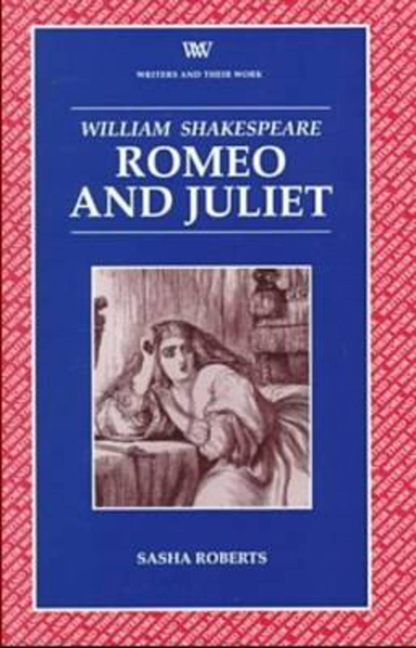1 - Which Romeo and Juliet?
Summary
To begin with an unsettling thought: despite appearances, there is no definitive text of Shakespeare's Romeo and Juliet. This is because several versions of the play have survived from Shakespeare's lifetime – distinct publications with different texts that allow for alternative interpretations of the play – and we do not know which version, if any, Shakespeare actually authorized (his name does not even appear upon Elizabethan editions of the play). Moreover, the Elizabethan texts of Romeo and Juliet have undergone considerable adaptation and emendment in the play's long publication and performance history. Romeo and Juliet has long been viewed as an (overly) familiar, stable, and secure entity, but in fact the play exists in many different versions – both textual and theatrical. In order to recover the play's complexity we need to be aware of the differences between editions as well as those between text and production, and of the interpretive hand of both the editor and the producer of the play.
Until the mid-nineteenth century popular editions and productions of the play were based upon David Garrick's 1748 adaptation of Romeo and Juliet, which sought ‘to clear the Original as much as possible, from the Jingle and Quibble which were always thought a great Objection to performing it’. Garrick omitted Romeo's first love for Rosaline, considered ‘a Blemish in his Character’; Juliet's age was raised from 13 to 18, thereby avoiding worries about her precocious sexuality; bawdy quibbles were ruthlessly cut from the play in the interests of modesty; whole scenes were added to the play, including a funeral procession at the beginning of act five and a sentimental exchange in the final scene between Romeo and Juliet, who was allowed to wake up just before Romeo dies; finally, Garrick concluded the play with a definitive moral: ‘From private feuds, what dire misfortunes flow; /Whate'er the cause, the sure effect is WOE’. It was not until 1845 that the Shakespearean text was revived (though still in censored form) by the American actress Charlotte Cushman – who played the part of Romeo opposite her sister Susan's Juliet, inspiring a run of female Romeos (see. Ch. 3 and fig. 1).
- Type
- Chapter
- Information
- Romeo and Juliet , pp. 4 - 10Publisher: Liverpool University PressPrint publication year: 1998



